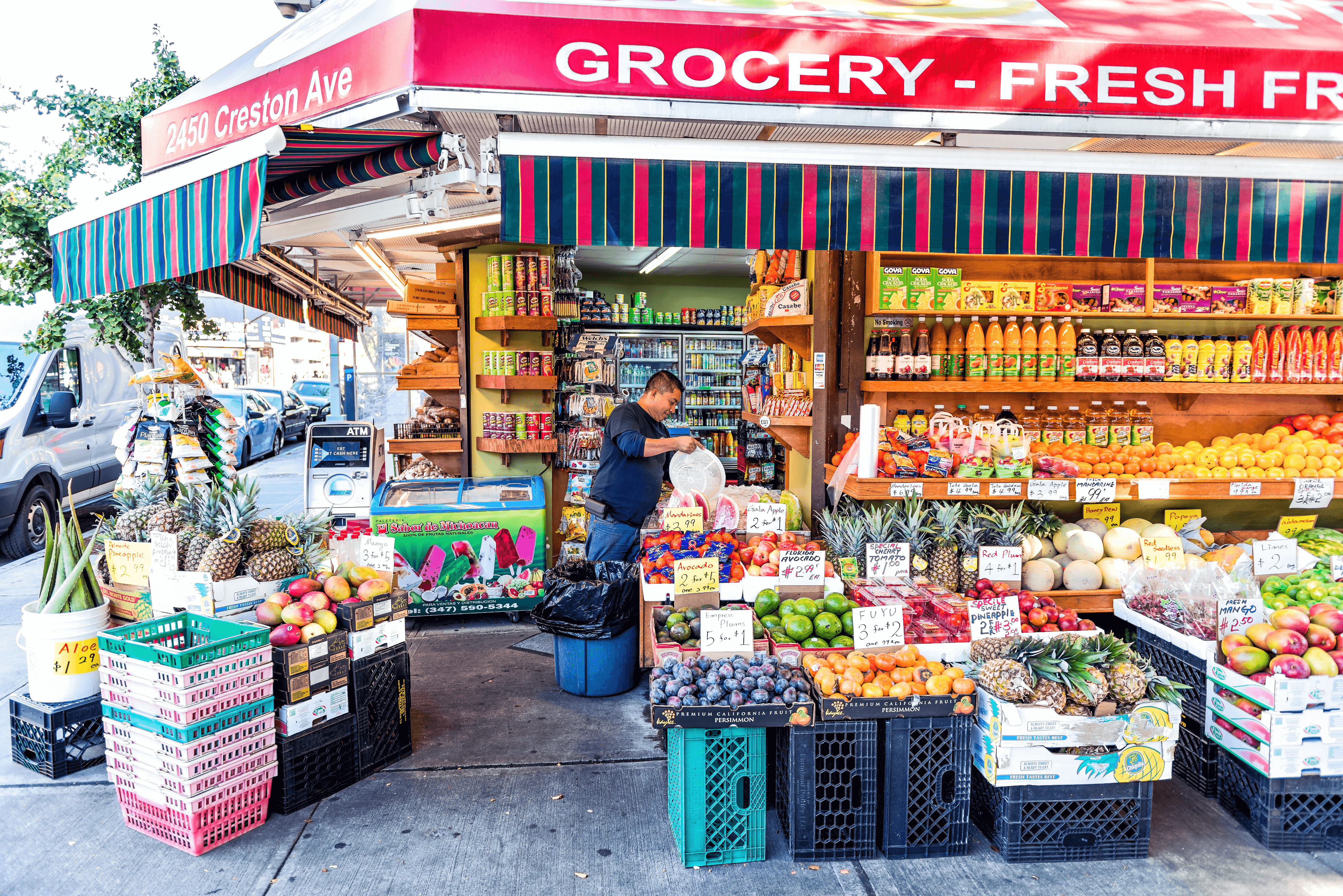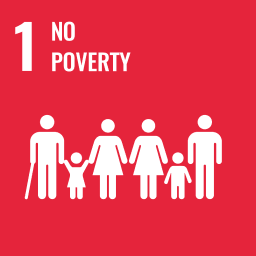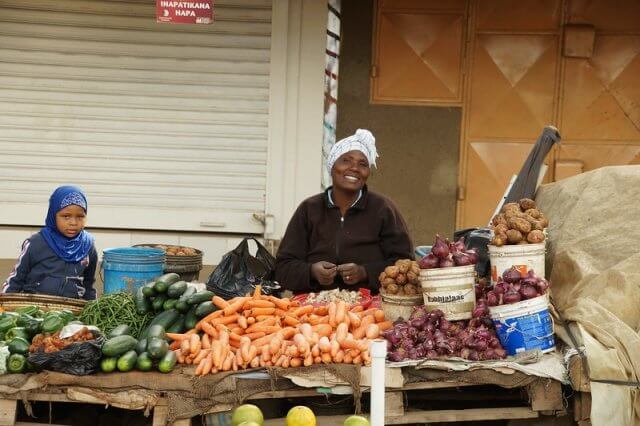The action and its aims
New York’s Food Retail Expansion to Support Health (FRESH) programme grants fiscal and zoning benefits to grocery store operators that are renovating their space, or developers that are constructing new stores or re-fitting existing buildings within low-access areas. The fiscal benefits are: abatement of land tax; capping of building taxes; sales tax exemption; and mortgage recording tax deferral. The zoning benefits are: additional development rights for mixed residential development and commercial buildings; reduction in parking requirements; and larger as-of-right stores in light manufacturing districts. The aim is to incentivise developers and operators to serve low-access neighbourhoods, and to include areas for fresh produce and other perishable food items.
When it was introduced
The programme was introduced in 2009.
Why it was needed
It was introduced after a study conducted for the Mayor’s Food Policy Task Force called ‘Going to Market’ showed many low-income areas of the city were underserved by grocery stores, and that there was a correlation with rates of diet-related disease.
Who initiated it, who is involved
Fiscal aspects are run by the New York City Industrial Development Agency (NYCIDA) and zoning aspects by the New York City Department of Planning. The Department of Mental Health and Hygiene and the Mayor’s Office for Food Policy provide support.
Impacts to date
Over 30 supermarkets have successfully applied for fiscal or zoning benefits, or both. Between them, they have created 792,180 square feet of new grocery space and over 1000 new jobs. A review began in 2018 with the aim of adopting a new approach that targets neighbourhoods with the highest need, combined with consumer-facing programmes to encourage healthier eating.






